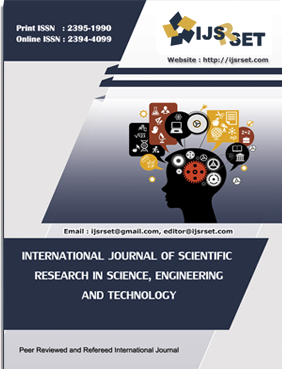A Hybrid Fuzzy-Based Classification Model for Consumer Behavior Prediction
Keywords:
Big Data, Bagging, Consumer Behavior, Fuzzy Rule based classification, MappingAbstract
This study presents an FCBMA- Fuzzy Rule Base Concept through Bagging and Mapping Approach based analysis of customer behavior, considering big data. The data undergoes the preparation phase initially. Two crucial processes occur here: data cleaning. Normalized preprocessed data is designated as the training and testing datasets. The final extracted features are derived throuh bagging approach where each bag servs as an independent training set for classifiers employing an advanced fuzzy rule-based classification model. The integration of bagging-based classifiers from the training dataset with mapping functions from the testing dataset produces the final set of classifiers. The final prediction outcome is determined by reducing the classifiers. Ultimately, performance criteria including specificity, precision, accuracy, sensitivity, false positive rate (FPR), false negative rate (FNR), among others, are employed to evaluate the predictive model's performance against that of traditional classifiers.
📊 Article Downloads
References
Joko Prasetyo, Noor Akhmad Setiawan and Teguh Bharata Adji, (2023), "Improving normalization method of higher-order neural network in the forecasting of oil production", E3S Web of Conferences 200, 02016, doi :10.1051/e3sconf/202020002016
Shijiao Yuan, (2022), "Analysis of Consumer Behavior Data Based on Deep NeuralNetwork Model", Hindawi, Journal of Function Spaces, Article ID 4938278, doi: 10.1155/2022/4938278
Xiong Li, Xiaodong Zhao, Wangtu (Ato) Xu and Wei Pu, (2020), "Measuring ease of use of mobile applications in e-commerce retailing from the perspective of consumer online shopping behaviour patterns". Journal of Retailing and Consumer Services, https://doi.org/10.1016/j.jretconser.2020.102093
Saleh M, SHETTY P, Nisha (2018) Analysis of Web Server Logs to understand Internet User Behavior and Develop Digital Marketing Strategies. Int J Eng Technol.
Deshpande D, Deshpande S (2017) Analysis of various characteristics of online user behavior models. Int J Comput Appl 161(11):5–10
Meng B, Jian X, Wang M, Zhou F (2016) Anomaly detection model of user behavior based on principal component analysis. J Ambient Intell Humaniz Comput 7(4):547– 554
Downloads
Published
Issue
Section
License
Copyright (c) 2024 International Journal of Scientific Research in Science, Engineering and Technology

This work is licensed under a Creative Commons Attribution 4.0 International License.




